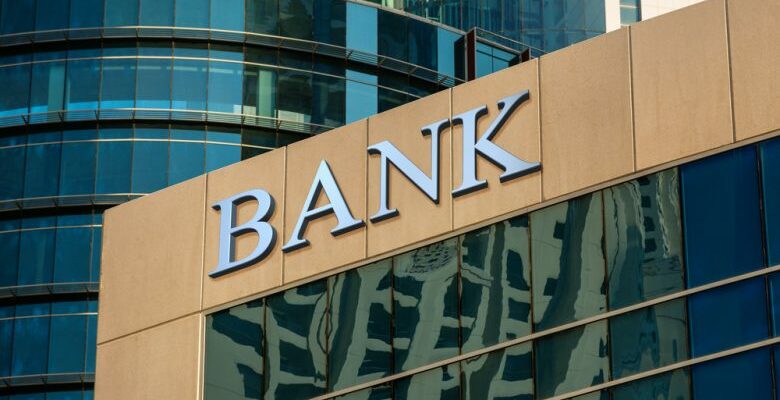The industrial heavyweight JPMorgan Chase seals a deal with US regulators to acquire the First Republic Bank (FRB). Initially, the JPMorgan team attempted to support the FRB amid the ongoing regulatory pressure from the Federal Deposit Insurance Corporation (FDIC).
On Monday, the FDIC announced the acquisition of FRB by JPMorgan at an undisclosed amount. A few days ago, the FDIC team demanded the San Fransisco banking institution suspend its operations following the collapse of Signature, Silvergate Capital and Silicon Valley banks.
First Republic Bank Acquired by JPMorgan Chase
The FDIC team argued that the embattled bank struggled to survive amid the current banking crisis in the US due to a high number of uninsured investors and businesses. They attributed the collapse of FRB to the low-interest rate on loans.
Later, the regulators orchestrated a bank takeover and formulated a sale plan for the First Bank Republic. The FRB sale plan motivated the JPMorgan team and other blockchain and crypto sector firms to express their interest in acquiring the bank.
On April 29, key players in the financial sector, including the JPMorgan team, submitted their well-structured proposals to acquire the FRB. After receiving the bids, the FDIC team, in collaboration with other watchdog agencies, reviewed the proposals to evaluate the suitable bidder.
On Monday, May 1, the FDIC agreed on the JPMorgan bid to acquire the troubled bank. The FDIC team instructed the JPMorgan team to restore the FRB 84 branches’ situated in eight states in America.
Additionally, the FDIC team tasked the JPMorgan group with roles to revive the operations of the FRB depository platform. As of this writing, the FRB owns assets worth $229.1 billion and $103.9 billion of deposits.
JPMorgan Chase Takes Over FRB
The acquisition deal allows the JPMorgan team to control the FRB assets, including the uninsured deposits and depository clients. The financial institution was granted permission to access customers’ data recorded by the FDIC insurance platform.
In the meantime, the FRB’s existing branches have been urged to continue providing banking services to the customers. The JPMorgan team announced plans to update the FRB community on any impending changes.
According to JPMorgan chief executive Jamie Dimon, the FRB acquisition will provide the company with endless opportunities to improve stakeholder value. Dimon stated that the acquisition would allow the company to broaden JPMorgan’s wealth strategies. Also, he argued that FRB products would complement JPMorgan’s current franchise.
Supporting Dimon’s statement, a spokesperson from the US Treasury lauded the efforts made by banks to provide Americans with a secure and reliable depository platform. The spokesperson honoured the contributions made by the banks to reorganize the banking system and offer credit services to investors and businesses in the region.
During the JPMorgan engagement with the FDIC, the team agreed on a practical cost-sharing approach to be utilized in the computation of residential and commercial loans. They both decided to share the revenue from FRB losses or recovered assets.
FRB’s Mergers and Acquisition Conditions
On April 26, the FRB community expressed divided feelings when the authority announced the FDIC receivership. Following the announcement, the bank shares listed on the New York Stock Exchange experienced a sharp decline of 20% over an hour.
Before the fallout of FRB, the bank cemented its market position by providing a unique banking franchise that outshined fast-growing financial providers. It was reported that the FRB had a small number of loan defaulters due to high number of wealthy clientele.
As such, the FRB provided low-cost loans to wealthy tech moguls such as Mark Zuckerberg, the chief executive of Meta.
All trademarks, logos, and images displayed on this site belong to their respective owners and have been utilized under the Fair Use Act. The materials on this site should not be interpreted as financial advice. When we incorporate content from other sites, we ensure each author receives proper attribution by providing a link to the original content. This site might maintain financial affiliations with a selection of the brands and firms mentioned herein. As a result, we may receive compensation if our readers opt to click on these links within our content and subsequently register for the products or services on offer. However, we neither represent nor endorse these services, brands, or companies. Therefore, any disputes that may arise with the mentioned brands or companies need to be directly addressed with the respective parties involved. We urge our readers to exercise their own judgement when clicking on links within our content and ultimately signing up for any products or services. The responsibility lies solely with them. Please read our full disclaimer and terms of use policy here.

